The property:
The entire village of El Mortorio has been lovingly restored over two decades by the current owners who have been running it as a rural escape with individual Casa Rurales that can accommodate up to 48 guests as base to explore the rich countryside of the Picos de Europa.
The property is comprised of 12 individual building spread over 32 acres (13 hectares) of fields and woodland set in a landscape that provides some of the most impressive mountain views in Spain
At the moment the village contains eight individual holiday homes of between 2 to 4 bedrooms each with a kitchen, lounge and dining areas, each modernised but keeping traditional features.
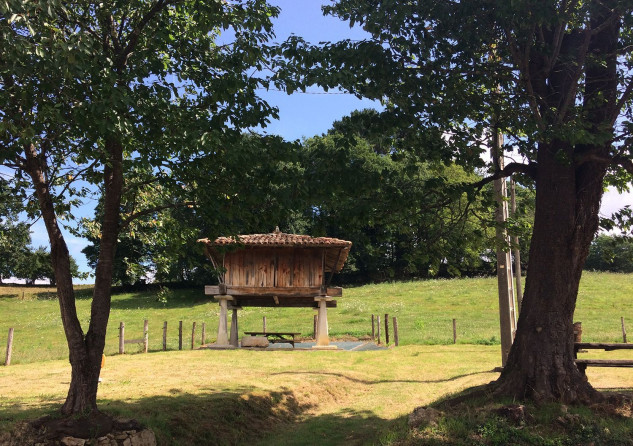
There is also an ‘horreo’ – a traditional timber structure raised off the ground on stone columns – that are found in every Asturian hamlet.
The sale also includes two buildings in need of renovation and 20 buildable plots spread over 7.5 acres with which to expand the holiday business.
WATCH the video of the property:
Where is it?
The village is located 10km away from Infiesto, the nearest market down with cafes, bars and restaurants, and supermarkets. And just 20km from a coastline that boasts some of the best beaches and coves in Spain.
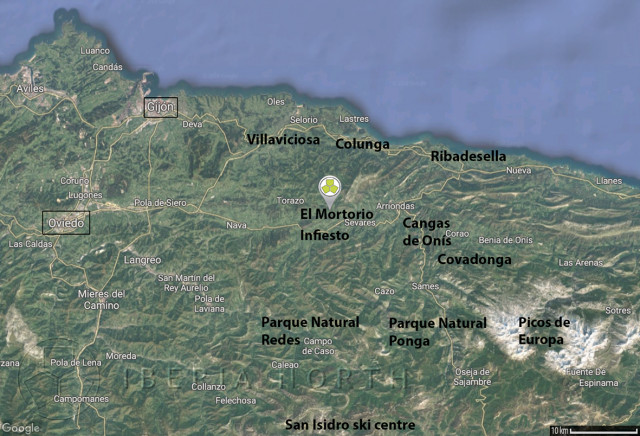
A short drive will bring you into the heart of the Picos de Europa mountain range, with its impressive peaks and crags and valleys perfect for outdoor activities such as hiking, rock climbing, kayaking and caving.
READ ALSO: Nine good reasons to make Oviedo your next city break
The historic towns of Oviedo, Avilés and Gijón are less than an hour away and Avilés (Asturias) airport is less than an hour away (85 kilometres), while Santander airport can be reached in just over an hour (150 kilometres).
What's the price tag?
The property is being offered for €2.375 million. At first glance it appears to be hefty price tag for place in a little known part of rural northern Spain. But just look at what you are getting for your money: a private corner of paradise and an opportunity to build up a thriving rural tourism business.
READ ALSO: 10 point guide to buying property in Northern Spain
Who would it suit?
“The owners are getting on a bit, and wish to pass it on to someone who will develop it even further, and unlock lots of untapped potential in terms of clientele,” explains Marc Furnival of Iberia North, which is offering the property.
“There’s room to attract more foreign clients, to build a restaurant and shop, maybe a small farm to have animals to show children. It’s a lovely spot, very private and tranquil, but well located and handy for mountains, coast and city.
“I think it would ideally suit someone who wants to make a change in their life, and live in a more integrated way, in a part of the world that in many ways is a privilege.
More photos:
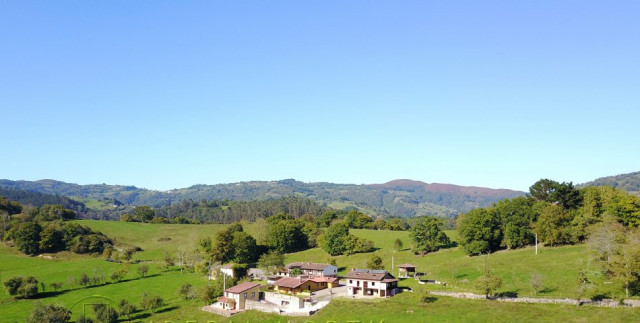
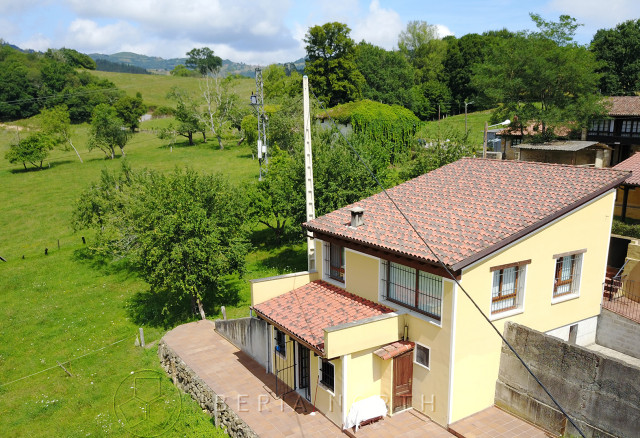
One of the properties with views across fertile fields to the mountains beyond.
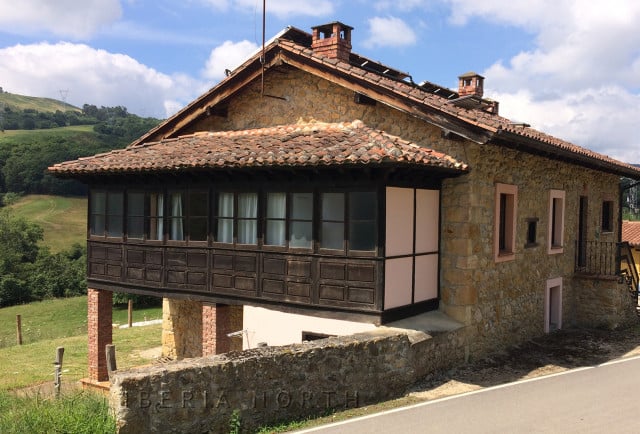 The individual houses are carefully renovated keeping traditional architectural features.
The individual houses are carefully renovated keeping traditional architectural features.
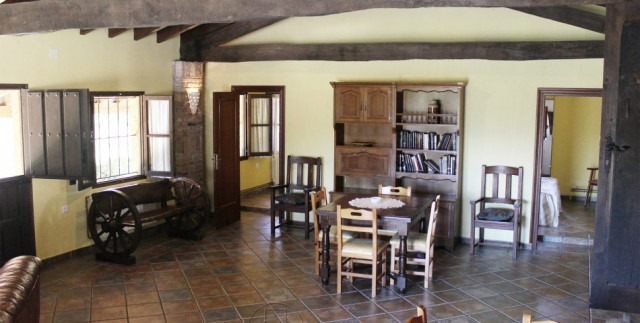 Old beams and wooden shutters lend character to this living space.
Old beams and wooden shutters lend character to this living space.
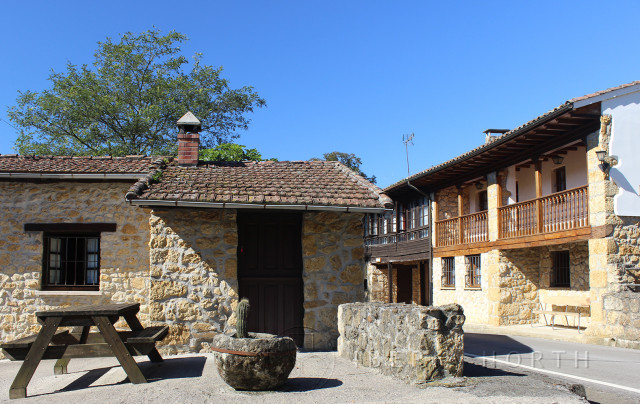
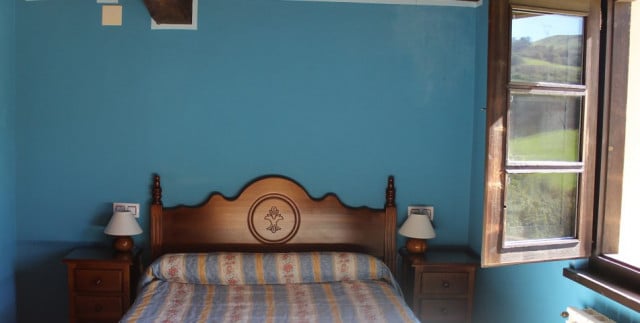
At the moment, the houses can accomodate 48 guests in total.
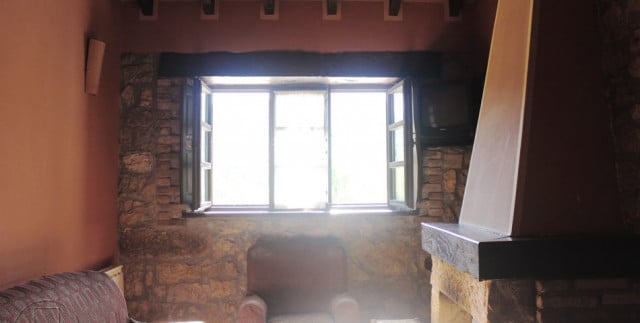
Some of the houses have open fireplaces.
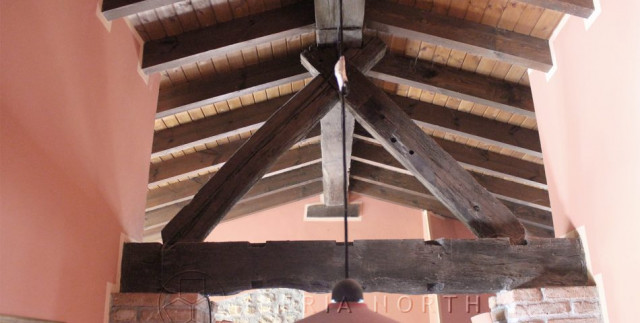
For more information about this property and for others in this area visit Iberia North

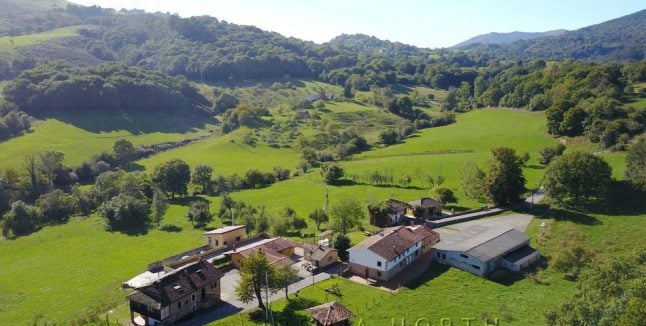
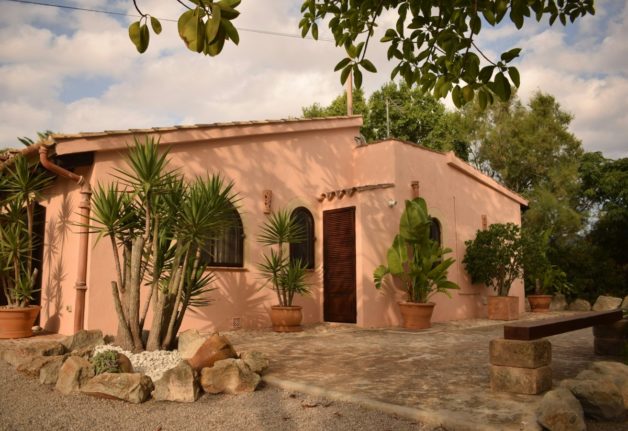
 Please whitelist us to continue reading.
Please whitelist us to continue reading.